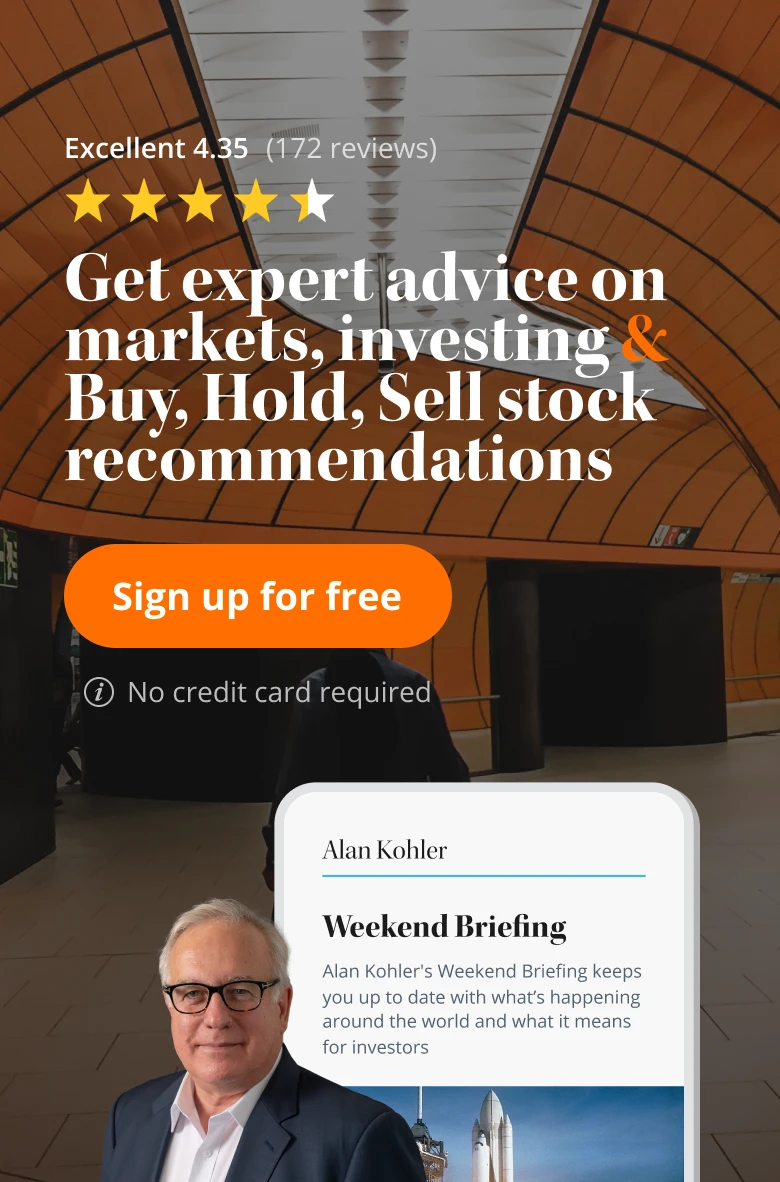Investment Road Test: ETIS
PORTFOLIO POINT: A welcome (but expensive) step in the right direction for Australian investors seeking international stocks.
Globalisation means that many investors are no longer satisfied with only buying shareholdings in local companies. It’s not unusual to hear of companies such as Apple, Coca-Cola and Nokia in overnight market wraps so it’s only natural that a percentage of the investment community is interested in getting exposure to them.
The United States is still the world’s largest open sharemarket and, notwithstanding concerns about whether its economy is poised for a rebound (see Why the US will recover) or will continue to disappoint, many of the worlds best and most immediately recognisable companies call it home. For investors seeking direct access to them, CommSec’s new range of Exchange Traded International Securities may be of interest.
Large Australian companies have been accessible by offshore investors for many years, via simple trust based products called ADRs (American Depositary Receipts), which are listed on US stock exchanges and trade in US currency and at local US times. The ADR mechanism means overseas investors can trade with the same kind of liquidity as they could with a locally listed equities.
By contrast, Australian investors seeking direct access to international stocks have been severely limited, needing to use foreign share accounts offered by a small range of Australian brokers. These accounts are expensive to use, involve foreign currency risk, with transactions typically lagging Australian trading hours (hence adding market risk). CommSec quotes custody fees of up to $US2.20 per security per month and a buy/sell cost of 0.825% per share trade.
Given these barriers, it’s little wonder that many Australians have been forced to use international fund managers for their international share exposure. Since most international fund managers follow an index-aware approach – buying and selling stocks in line with benchmarks like the MSCI global index (irrespective of whether the stock is good/cheap) – they typically show the same levels of weak performance as their Australian-centric counterparts.
The good news is that, as mentioned above, the better international managers are moving to use the same approach as the better Australian fund managers, namely buying a small number of “concentrated” shares which they hold for longer periods than the short term trading which dominates traditional fund managers.
What is even better is that well informed Australian investors can select and hold exactly the same Australian stocks as “concentrated” share fund managers, especially in the large cap end of our sharemarket. Similarly, it is far easier for Australian investors to become well informed about global leading stocks; to date, the bigger limitation has been the cost involved in using Australian brokers to execute these trades.
Although the new Exchange Traded International Securities (ETIS) product will meet an obvious demand in the local market, it’s a shame that the simplicity of the ADR approach has not been used in the design of ETIS. The ETIS products are ASX-listed using the new ASX “AQUA” platform – designed for listing of traditional unlisted managed funds, as well as being a platform for listing a wide range of structured products.
Instead of placing international shares in a simple custodial trust account, CommSec has created a derivative style product with a number of differences to simply holding the underlying shares (or a trust receipt over them). Because of the peculiarities of our ASX and securities laws – and no doubt also to suit the management systems of CommSec and the issuer/guarantor of ETIS (the RBS group) – ETIS are designed as structured option products, with some associated peculiarities.
For example, ETIS have an investment term (of five years) at the end of which the investor has to choose whether to “exercise” the option within the product, or to roll over into a new series of ETIS, or to receive a cash amount (profit). The “exercise price” isn’t disclosed in the PDS for ETIS, simply states that the exercise price will be equal to any “expenses” related to ETIS – nor is there any assurance that a rollover ETIS series will be available.
Looked at conservatively – as a five-year substitute for directly holding the underlying share – the ETIS are significantly more expensive than the traditional alternatives (direct foreign share brokerage account, international managed fund).
For example, 50% of the dividends issued by the underlying shares are retained by the ETIS issuer as a fee. In addition, the ETIS issuer charges a 1% upfront fee during the initial placement period (and this fee should be maintained within the cost of the ETIS after they list), and will also charge a two way spread in the secondary market.
The tax opinion for ETIS declares that they are options for tax purposes. This is a clean outcome for normal investors – the cost of the ETIS product becomes the cost base for the underlying share – but it means that a CGT event is unavoidable at the time of the rollover into the next series. Even though the character of ETIS is that of an option, the product uses some manoeuvring to clothe it with the legal form of a “security” for Corporations Law purposes.
Presumably this is to allow normal financial advisers and brokers to recommend ETIS to their clients (far fewer advisers and brokers are derivatives licensed or accredited). Investors will see this manoeuvring in the PDS for ETIS, which states that ETIS investors hold a beneficial interest in a fraction of a BHP share (this mechanism would otherwise be irrelevant).
These peculiarities aside, ETIS are a relatively clean way to gain international share exposure. A large range of US stocks are available in ETIS form (see the PDS and website for a full list), and the purchase price is quoted in Australian dollars, referencing the actual cost of the underlying shares.
Since ETIS are unhedged, investors expecting a fall in the $A/$US exchange rate will benefit via a parallel gain in the $A price of their ETIS investment.
As an ASX listed structured product, ETIS have the benefit of the ASX “adjustment” provisions, which will apply for example where there are corporate events (like share splits, bonus issues, takeovers, etc) in respect of the underlying share/s. The ASX rules and procedures operate in these scenarios to keep the issuer and investor in the same financial position before and after the event (or as close as possible thereto). These rules also allow for early maturity of these types of products (but in the case of ETIS, this has to be with ASX consent) – this would typically be where the underlying share is suspended from trading or where the exchange it trades on has shut for extended periods.
In this regard, single stock products like ETIS are more secure than structured products issued over managed funds. As investors in the failed Rubicon/UBS structured product will bitterly recall, structured products issued over managed funds are only as good as the fund itself – if the fund disappears, so too does the investor’s money.
ETIS are a welcome step in the right direction for Australian investors looking to access some of the best international stocks in the world. With good information, Australian investors can achieve results as good as if not better than the big fund managers to whose wares they traditionally have been confined. The cost and complexity of ETIS are necessary by products of the way in which CommSec has chosen to bring them to market. It’s to be hoped that over time the cost (if not the complexity) can reach more normal levels.
The score: 2.5 stars
0.5 Ease of understanding/transparency
0.0 Fees
1.0 Performance/durability/volatility/relevance of underlying asset
0.0 Regulatory profile/risks
1.0 Innovation
 Tony Rumble provides asset consulting and financial product services but does not receive any benefit in relation to the product reviewed.
Tony Rumble provides asset consulting and financial product services but does not receive any benefit in relation to the product reviewed.















